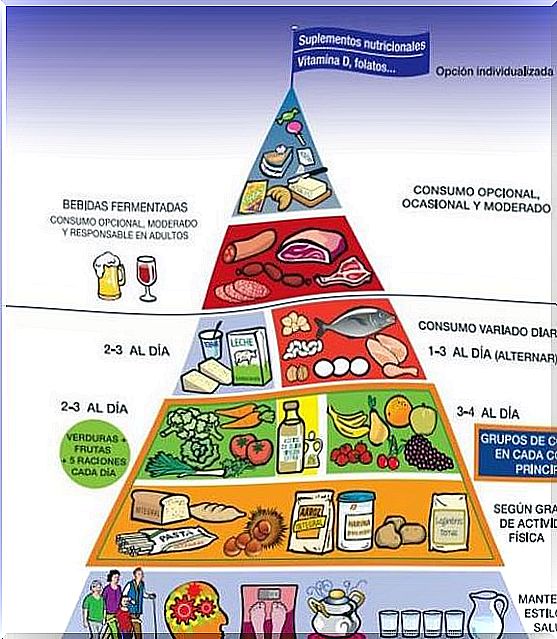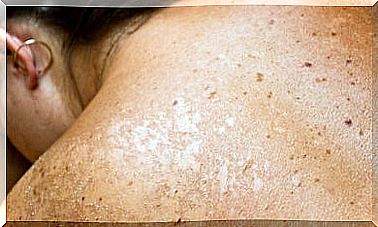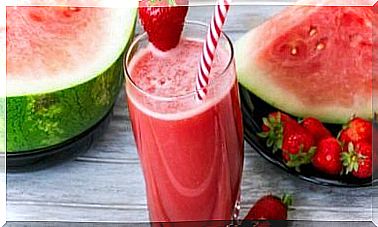Vegetarian Diets: Do They Cover All Our Needs?
Each major part of the population, for various reasons, decides to stop taking their usual diet to start with one of the existing vegetarian diets. However, many people still have doubts as to whether vegetarian diets meet all of our needs.
Visiting a good nutritionist is essential to following a correct diet. Below we discover in which types of diets there are some of the nutritional keys of the same.
Reasons for becoming a vegetarian

Vegetarianism, in most of the world, is a matter of economy, meat costs much more than, for example, rice and pasta. Therefore, meat becomes a dish to be eaten on a special occasion. Still, in places where there is a lot of meat, it is eaten in moderation, providing a complement to the meal rather than a central dish.
In developed countries, where cerne is more accessible to the population, the decision to adopt one of the existing vegetarian diets is for other reasons. These include parental preferences, religious motives, or other beliefs or health issues.
Many people choose to be vegetarian because they are concerned about animal rights or the environment. Additionally, vegetarians typically have more than one reason for ditching meat.
Types of vegetarian diets
What we know as a vegetarian diet is just a generalization, as there are basically three types of vegetarian diets :
- The strict vegetarian or vegan diet: it is one in which all types of meat and animal products are excluded from it without exception. This means that people who want to do this type of diet will have to find a very good balance between vegetarian products to be able to offer their body all the vitamins and minerals it needs.
- The lacto-vegetarian diet: in addition to vegetables, foods derived from milk are included. This diet, despite not being completely vegetarian, offers more minerals and vitamins to our body, so we can be more calm when selecting plant foods to offer our body what it needs. The derivatives of milk already carry a lot of minerals and vitamins, so the weight of the balance will not fall simply on the vegetables.
- The ovo-lacto vegetarian diet: it is the one that includes, in addition to vegetables and plant-derived products, various derivatives of milk and eggs. This is somewhat more complete than the previous ones, but it also contains more animal protein.
Body needs

Any of these diets, if well done, can provide us with the nutrients our body needs. However, we must bear in mind that, for the diet to work well and not have problems such as anemia due to lack of nutrients, we must look in those vegetable products for the amount of nutrients that we lack and that the foods excluded from the diet would give us vegetarian. Therefore, it is important that we select those vegetable products that have more protein, iron, zinc, vitamin B12 and calcium.
The nutritional needs of the body must be met by consuming the amounts based on the food pyramid, which is a guide to what a person must consume to obtain the nutrients that the body needs. This graph gives guidelines on the frequency of consumption of the different types of foods that should be part of a healthy diet.
At the base of the pyramid are the foods that must be consumed daily ; in the middle part, those that are recommended to consume several times a week; and, at the top, the foods that we should only eat occasionally.
If we do not know exactly the needs of our body and the amount of nutrients that each food contains, the best thing we can do is not to endanger our health is to go to a nutritionist, who will take care of offering us the best diet for our needs.
Conclution
Medical professionals like MedlinePlus accept that vegetarian diets can have benefits for our health. In this sense, they should not pose a problem for the body if they are carried out in a healthy way, including foods that provide quality nutrients and avoiding those that provide empty calories or harmful substances.
It is very important to assist a nutritionist to recommend the dietary guidelines to follow to avoid a deficit of elements and to monitor the evolution of the diet.









